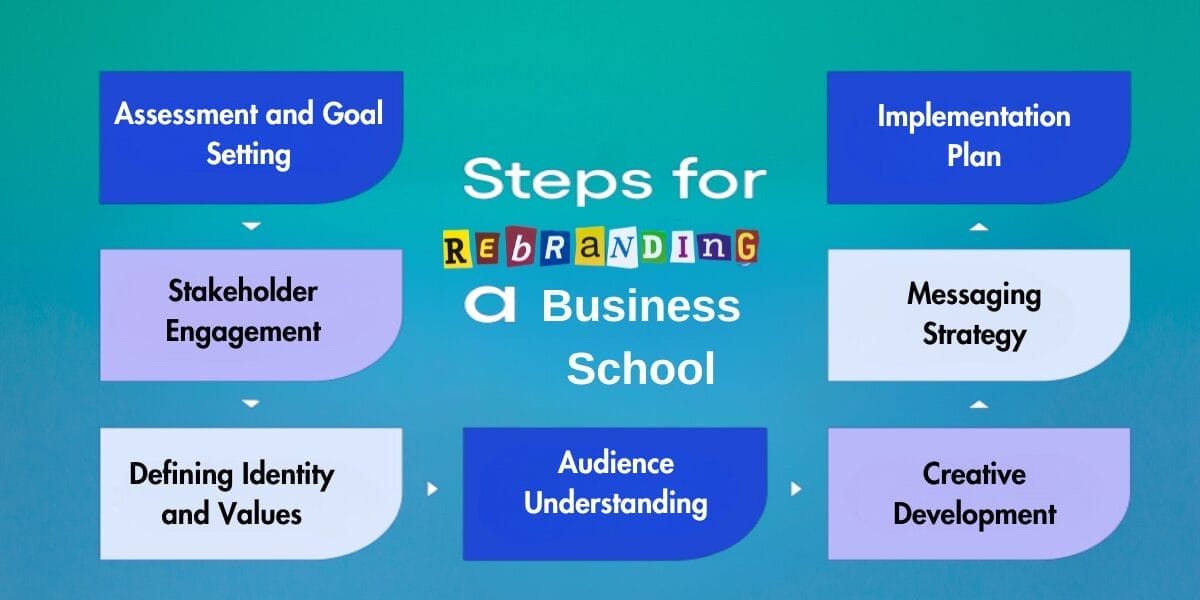USC Marshall Executive Education: A Case Study in Rebranding Success

In the world of business education, the USC Marshall School of Business has long been a respected institution. However, in recent years, the school underwent a rebranding effort to elevate its executive education programs and better align with the needs of today’s business leaders. The results of this rebranding effort have been nothing short of impressive, and USC Marshall Executive Education has become a case study in rebranding success.
As the business landscape continues to evolve, so too must the educational offerings that aim to support and develop the next generation of business leaders. USC Marshall Executive Education recognized the need to adapt and innovate in order to remain competitive and relevant in today’s fast-paced business world. Through a strategic rebranding initiative, the school has successfully positioned itself as a top choice for executives looking to further their education and advance their careers.
This article will explore the rebranding journey of USC Marshall Executive Education, delving into the strategies and tactics that led to its success, and highlighting the lessons that other institutions can learn from this case study in rebranding triumph.
What is Rebranding?
Rebranding is the process of changing the corporate image and identity of a company. This can encompass everything from the logo and color scheme to the overall messaging and positioning in the market. Rebranding is often undertaken to breathe new life into a company, appeal to a different target audience, or distance itself from negative associations. It may also be necessary after a company’s reputation has been tarnished and it needs to rebuild trust with its customers and stakeholders.
Rebranding can also be a strategic move to stay relevant in a constantly evolving market and to adapt to changing consumer preferences. The process of rebranding can be complex and involves a thorough analysis of the company’s current brand image, as well as input from various stakeholders such as customers, employees, and industry experts. Ultimately, rebranding is about creating a fresh and cohesive identity that reflects the values and goals of the company.
Boost Your Business with New AI Trends – Get a Free Strategy Session Today
Understanding Rebranding for Business School
The Benefits of Rebranding for Business School


Rebranding in business education is more than a cosmetic shift, it’s a strategic maneuver that can reshape a school’s identity and influence its trajectory. By delving into the benefits of rebranding for a business school, one can uncover its transformative power in boosting enrollment, enhancing reputation, and aligning with the ever-evolving educational landscape.
Rebranding a business school offers numerous advantages that directly impact its success and standing within the educational landscape:
Increased Enrollment and Retention:
A strategic rebrand can attract more prospective students by highlighting the school’s unique offerings and strengths. A fresh identity often resonates well with potential enrollees, leading to increased admissions. Moreover, a rebranded school can foster a sense of pride among current students, boosting retention rates as they feel connected to an institution aligned with their aspirations.
Improved Reputation and Perception:
A successful rebrand can significantly enhance how the school is perceived by students, faculty, alumni, and industry stakeholders. By modernizing its image, showcasing innovation, and emphasizing its values and achievements, the school can elevate its reputation. This enhanced perception can positively influence partnerships, collaborations, and overall credibility within the business community.
Alignment with Changing Educational Landscape:
Business education continually evolves to meet industry demands and technological advancements. A rebrand allows the school to showcase its adaptability and relevance in this dynamic landscape. By updating its identity, curriculum, and methodologies, the institution demonstrates its commitment to staying ahead of emerging trends, attracting forward-thinking students and faculty seeking cutting-edge education.
Steps for a Successful Rebranding for Business School


Rebranding a business school is a transformative journey that involves strategic planning, creative execution, and stakeholder engagement. From defining a distinct identity to aligning with evolving educational trends, a successful rebranding effort requires a systematic approach.
Let’s explore the detailed steps that pave the way for a business school to revitalize its image and resonate effectively with its audience.






















